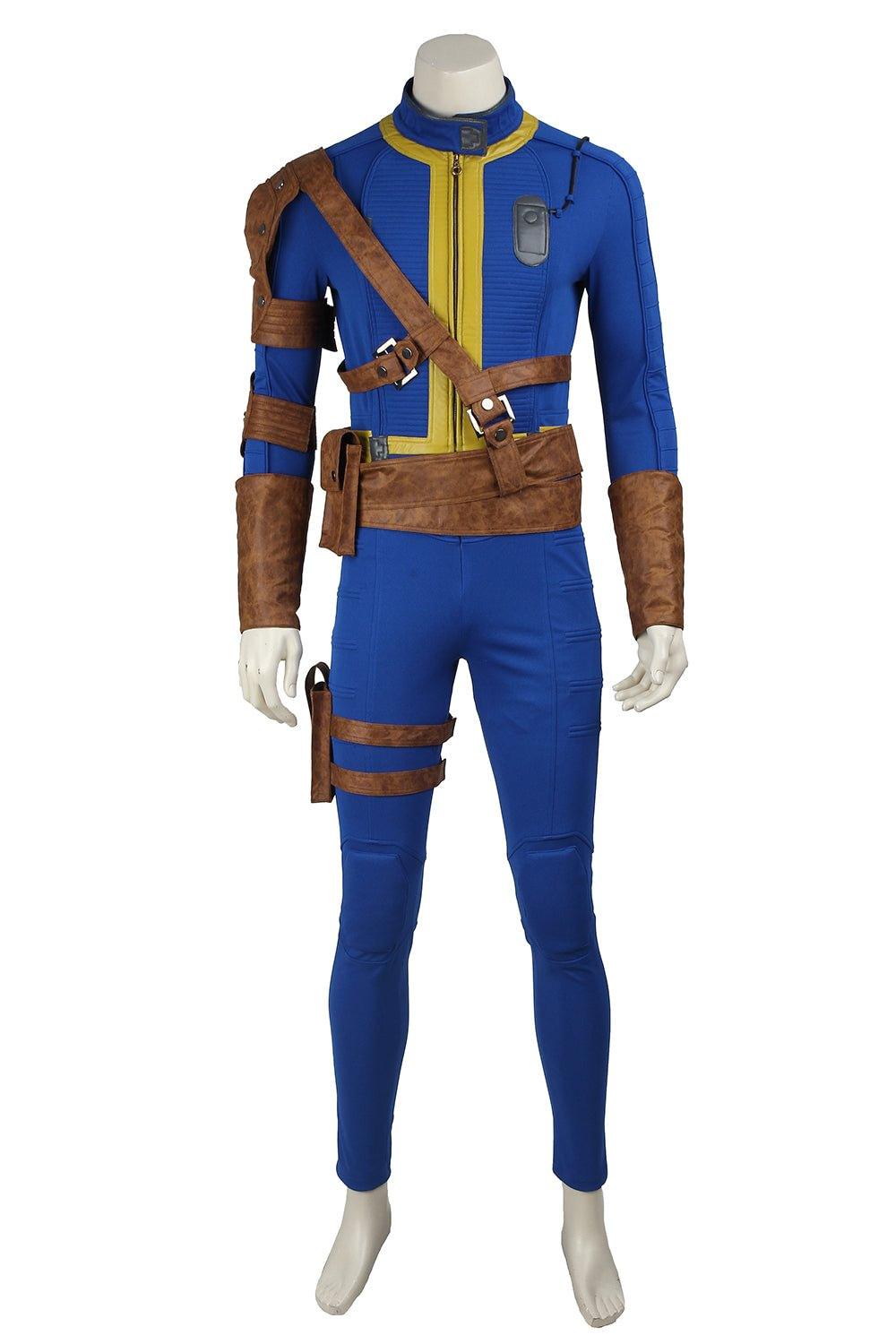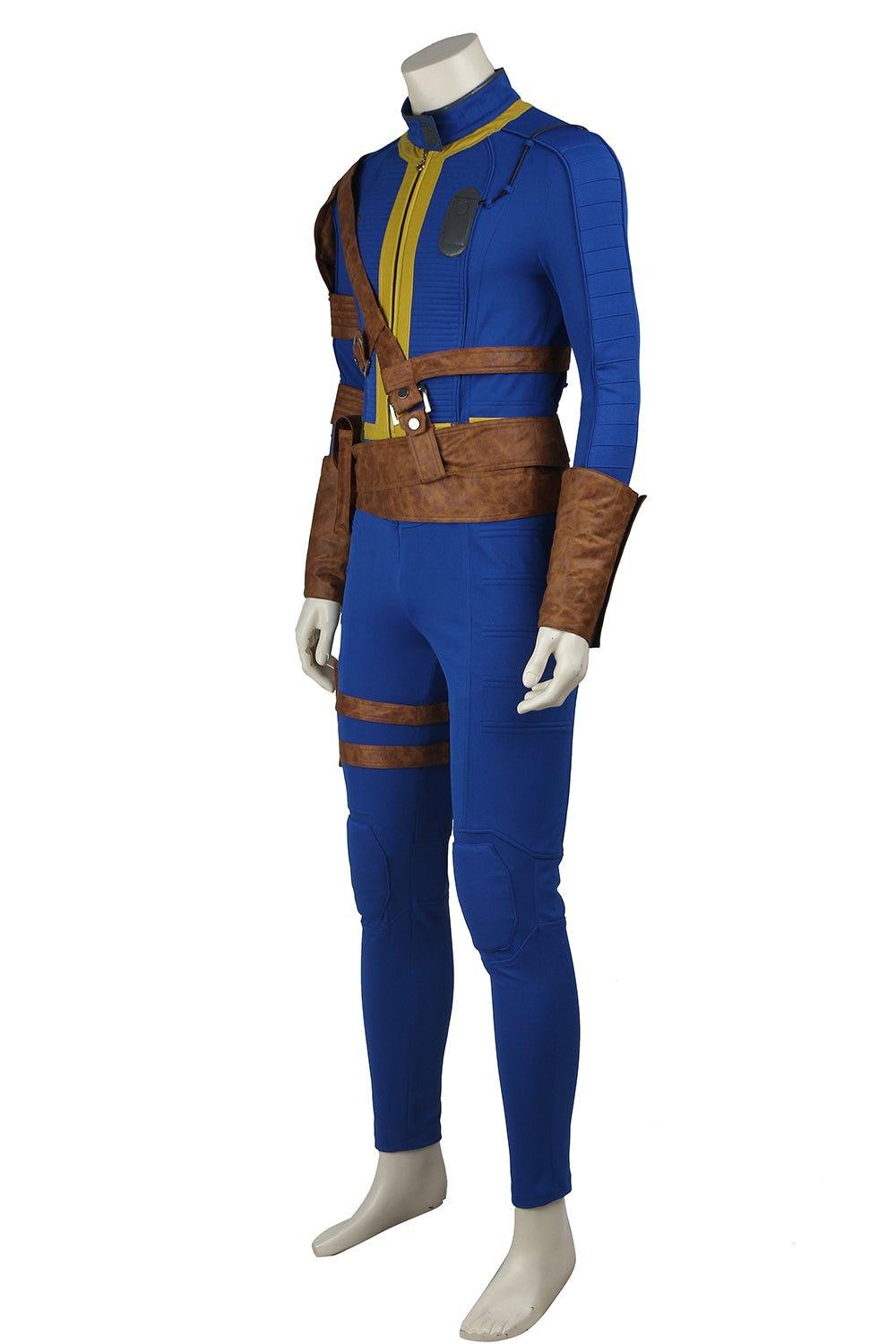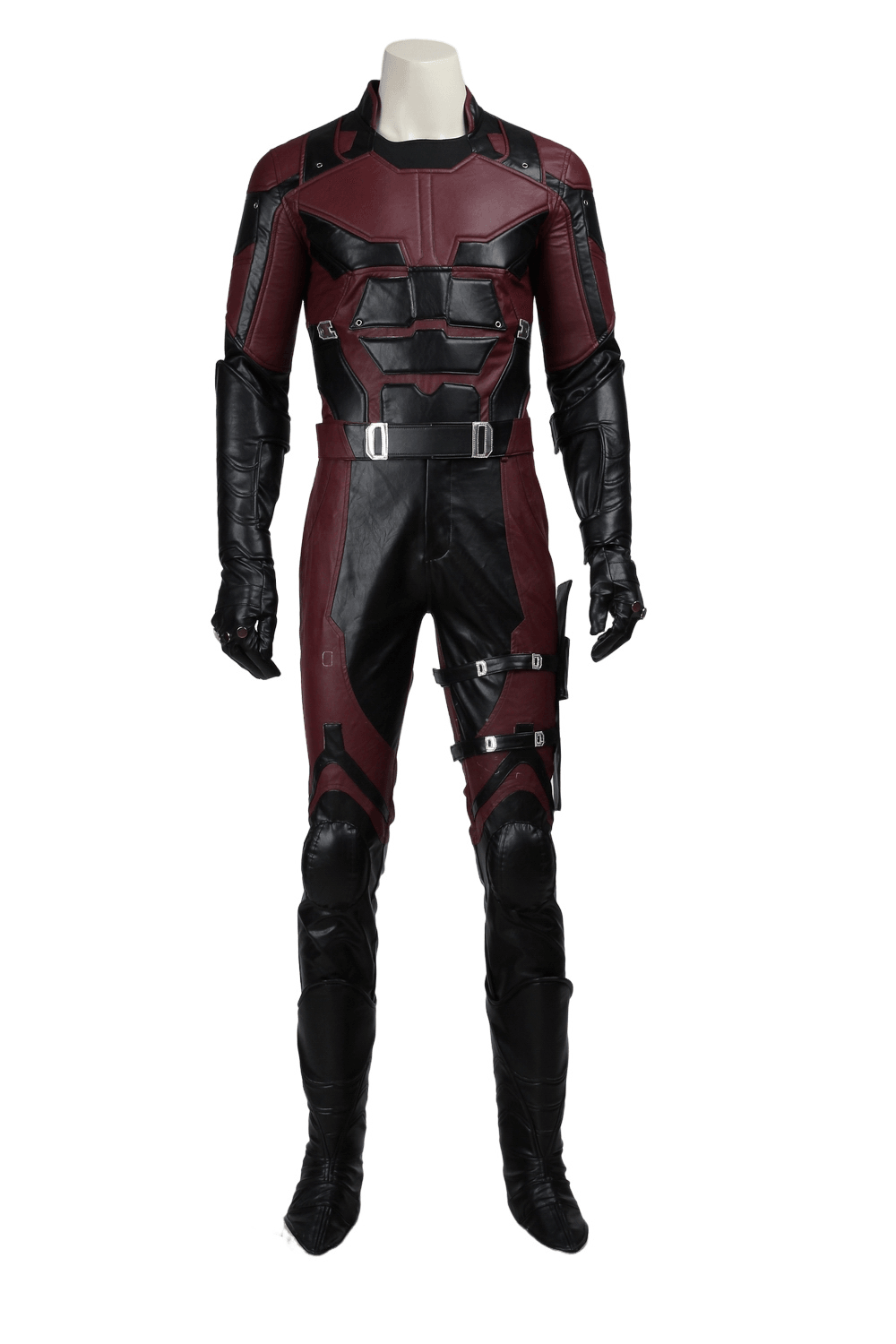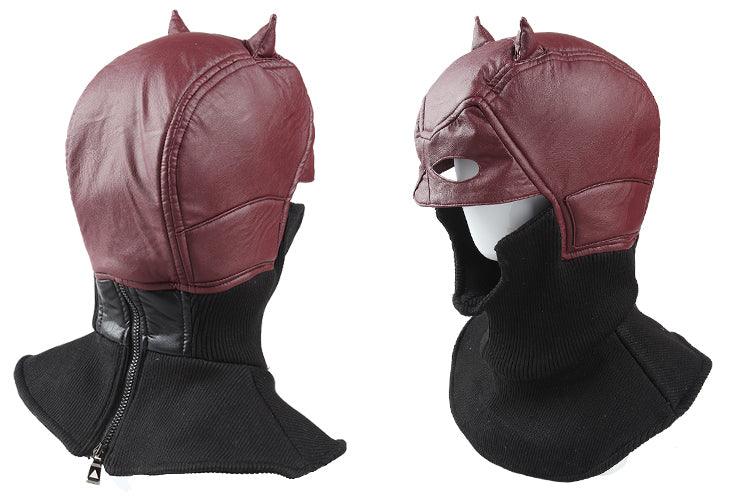Creating movable cosplay wings is an exciting and challenging project that can elevate your costume to new heights. This comprehensive guide will walk you through the process of designing and constructing articulated wings, incorporating information from various sources, including crazecosplay.com and top-ranked tutorials. Whether you're aiming for angelic, demonic, or mechanical wings, this guide will provide you with the knowledge and techniques to bring your vision to life.
Planning and Design
Before diving into construction, it's crucial to plan your wing design carefully. This initial stage sets the foundation for your entire project.
Determine Wing Type and Style
First, decide on the type of wings you want to create. Common styles include:
-
Bird wings (e.g., angel, phoenix)
-
Bat wings (e.g., demon, dragon)
-
Insect wings (e.g., fairy, butterfly)
-
Mechanical wings (e.g., steampunk, robotic)
Each style has unique characteristics that will influence your construction method and materials. Research your chosen style thoroughly, gathering reference images from various angles to guide your design.
Sketch Your Design
Create a detailed sketch of your wings, including:
-
Overall shape and size
-
Number of segments or "feathers"
-
Articulation points
-
Attachment method to your body
Consider how the wings will move and fold. Will they expand outward, fold upward, or both? Your sketch will serve as a blueprint for the entire project.
Size and Proportion
Determine the size of your wings based on your body proportions and practical considerations. While large wings can be impressive, they may be challenging to maneuver in crowded spaces. Consider:
-
Your height and build
-
The venue where you'll wear the costume
-
Transportation and storage requirements
A good rule of thumb is to make the wingspan about 1.5 to 2 times your height when fully extended.
Materials Selection
Choosing the right materials is crucial for creating lightweight, durable, and functional wings. Here are some options to consider:
Frame Materials
-
PVC pipes: Lightweight and easy to work with
-
Aluminum tubing: Stronger than PVC but requires more specialized tools
-
Balsa wood: Very lightweight but less durable
-
Carbon fiber rods: Extremely lightweight and strong, but more expensive
Wing Surface Materials
-
Fabric: Lightweight and flexible (e.g., spandex, nylon)
-
EVA foam: Durable and easy to shape
-
Thermoplastics (e.g., Worbla): Heat-moldable for intricate designs
-
Feathers: For a more natural look (can be real or artificial)
Articulation Components
-
Hinges: For basic folding movements
-
Ball joints: For more complex articulation
-
Elastic cord: To provide tension and return movement
-
Fishing line or thin wire: For manual control of wing segments
Attachment System
-
Backpack frame: Provides a sturdy base for large wings
-
Harness: Distributes weight across your shoulders and back
-
Corset: Offers a secure attachment point for smaller wings
Construction Techniques
Now that you have your design and materials, it's time to start building. Here's a step-by-step guide to creating articulated wings:
1. Build the Frame
Start by constructing the main frame of your wings using your chosen material. For this example, we'll use PVC pipes:
-
Cut PVC pipes to the lengths specified in your design.
-
Use PVC joints to connect the pipes, creating the basic wing shape.
-
Secure joints with PVC cement for a strong bond.
-
Create articulation points by using hinges or ball joints at key locations.
2. Create the Wing Surface
Depending on your design, you may need to create individual "feathers" or a continuous surface:
-
Cut your chosen material (e.g., fabric, foam) into the desired shapes.
-
For fabric wings, sew or glue panels together to create the wing surface.
-
For foam wings, use a heat gun to shape and curve the material as needed.
-
Attach the surface material to the frame using strong adhesive or by sewing.
3. Install Articulation Mechanisms
To make your wings movable, you'll need to install mechanisms that allow for controlled movement:
-
Attach elastic cords between wing segments to provide tension and return movement.
-
Run fishing line or thin wire from the wing tips to a control point (e.g., your hands or a mechanical system).
-
Test the movement and adjust tension as needed.
4. Create the Attachment System
Your wings need a secure way to attach to your body:
-
Modify a backpack frame or create a custom harness using sturdy straps.
-
Attach the wing frame to the harness using bolts or strong zip ties.
-
Add padding to any contact points for comfort during extended wear.
5. Add Details and Finishing Touches
Now it's time to bring your wings to life with details:
-
Paint or airbrush the wings to match your design.
-
Add texture using techniques like dry brushing or weathering.
-
Attach additional decorative elements like gems, LED lights, or metallic accents.
Advanced Techniques for Movable Wings
To create truly dynamic wings, consider these advanced techniques:
Servo-Controlled Movement
For precise, automated wing movement:
-
Install small servo motors at key articulation points.
-
Connect servos to a microcontroller (e.g., Arduino) for programmed movement.
-
Use a small battery pack to power the system.
Pneumatic Systems
For powerful, smooth movements:
-
Use small air cylinders to control wing segments.
-
Connect cylinders to a compressed air source (e.g., small air compressor or CO2 cartridges).
-
Control air flow with solenoid valves connected to a microcontroller.
Mechanical Linkages
For wings that respond to your body movements:
-
Create a system of rods and joints that connect your arms to the wings.
-
Use counterweights to balance the wings and reduce strain.
-
Incorporate springs or elastic elements to assist with return movements.
Tips from crazecosplay.com
crazecosplay.com offers valuable insights for cosplayers creating movable wings:
-
Weight Distribution: Ensure your wing design distributes weight evenly across your back and shoulders to prevent fatigue during long wearing sessions.
-
Material Selection: Choose lightweight materials whenever possible. crazecosplay.com recommends using a combination of lightweight fabrics and rigid framing materials for optimal performance.
-
Modular Design: Consider making your wings in detachable sections for easier transportation and storage. This also allows for quick repairs if needed.
-
Practice and Rehearsal: Once your wings are complete, practice moving and posing with them. This will help you become comfortable with their operation and identify any necessary adjustments.
-
Maintenance: Regularly inspect your wings for wear and tear, especially at articulation points. Carry a small repair kit with you to conventions for quick fixes.
Insights from Top-Ranked Tutorials
Drawing from highly-ranked tutorials and resources, here are some additional tips for creating successful movable cosplay wings:
-
Prototyping: Before committing to expensive materials, create small-scale prototypes using cardboard or foam board to test your design and movement mechanisms.
-
Balance: Ensure your wings are balanced when both open and closed. This will make them easier to wear and control.
-
Safety First: When working with power tools, always use appropriate safety gear, including eye protection and work gloves.
-
Weatherproofing: If you plan to wear your wings outdoors, consider weatherproofing them with a clear sealant to protect against moisture and dirt.
-
Documentation: Take photos and notes throughout your build process. This will help you remember your techniques for future projects and can be valuable if you need to make repairs.
Conclusion
Creating movable cosplay wings is a challenging but rewarding project that can take your costume to the next level. By carefully planning your design, selecting appropriate materials, and incorporating articulation mechanisms, you can create wings that are both visually stunning and functional.
Remember that your first attempt may not be perfect, and that's okay. Each project is a learning experience that will improve your skills for future cosplays. Don't be afraid to experiment with different techniques and materials to find what works best for you.
Whether you're creating angelic wings that gracefully unfurl or mechanical wings that whir and click with each movement, the key to success lies in attention to detail, patience, and a willingness to problem-solve creatively. With the tips and techniques provided in this guide, along with insights from crazecosplay.com and top-ranked tutorials, you're well-equipped to embark on your wing-making journey.
So gather your materials, fire up your imagination, and get ready to spread your wings in the world of cosplay. The sky's the limit when it comes to bringing your winged character to life!







